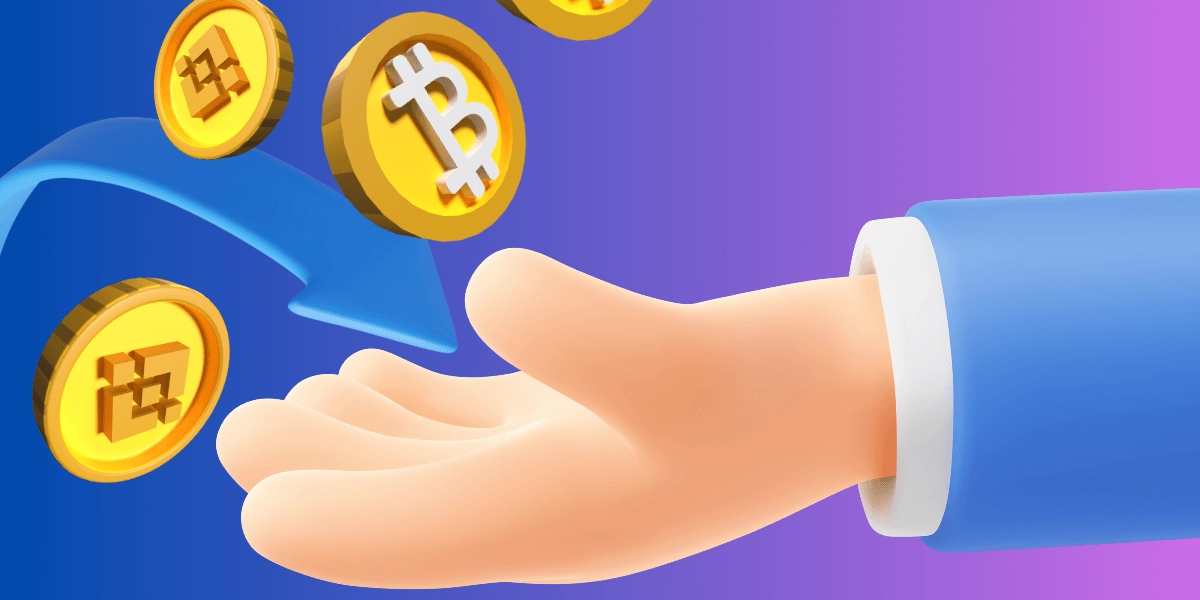Crypto Cash-Back Meets Casino Bonuses: The Tech Behind Dual-Reward Mobile Apps

Today’s app users expect more than entertainment—they expect efficiency, rewards, and value for every tap. As traditional mobile casinos compete with crypto-powered wallets and gamified fintech apps, one trend is gaining ground: dual-reward systems. These apps combine casino bonuses with real-time crypto cash-back, offering two types of benefits in one streamlined experience. It’s a model designed not just for gamers, but for digital-first users who track value as closely as outcomes. And beneath the surface, there’s a fast-evolving tech stack making it all work—securely and with minimal friction.
Two Worlds Collide: Where Web3 Incentives Meet iGaming UX
Mobile gaming apps have long relied on bonuses to drive retention—offering free spins, match deposits, or access to locked features. Meanwhile, the Web3 space has introduced transparent, wallet-based loyalty: users earn small amounts of crypto just for using certain tools or reaching volume benchmarks. Now, app developers are merging these two models. The result is a hybrid experience where one action can trigger two rewards—one within the game, and one on-chain. It’s a shift that redefines how users think about loyalty, blending traditional casino UX with decentralised finance incentives.
How Dual-Reward Systems Work in Modern Apps
These apps operate on a layered system. On the surface, they function like any mobile gaming app—users register, play, and unlock standard bonuses. But in the background, each action is tracked through both internal logic and blockchain integration. For example, a user might complete a level or reach a staking threshold, unlocking in-app credits and simultaneously triggering a token reward sent to a connected wallet. In this ecosystem, platforms that offer trusted onboarding flows such as those described in verified parimatch details provide clarity on where each reward comes from and how it’s calculated. By separating fiat bonuses from token-based incentives, users get the transparency of blockchain with the ease of a traditional UI.
Bonus Types: From Match Credits to Token Rebates
Reward structures vary, but dual-reward apps tend to combine familiar bonus types with newer, crypto-native models. Common casino incentives include deposit match offers, loyalty tiers, and time-based entry perks. On the blockchain side, users might receive token rebates based on session time, wagering volume, or performance milestones. The two streams are usually calculated separately but displayed side by side in the user dashboard. This visibility helps users track both short-term progress and longer-term token accumulation, turning passive play into something more measurable.
Blockchain Under the Hood: Making Rewards Transparent and Traceable
At the core of every dual-reward system is a verifiable ledger. Smart contracts are used to automate parts of the bonus logic—checking user eligibility, preventing duplicate claims, and timestamping transactions. This system doesn’t just handle distribution; it enforces fairness. Every token issued can be traced back to an event—such as a deposit or a completed challenge. That means disputes over bonus eligibility are rare, and users can confirm their rewards directly on-chain without needing to contact support. It’s this transparency that separates blockchain-enhanced platforms from legacy apps.
App Architecture: Integrating Secure Wallets with Traditional UIs
The user experience doesn’t need to feel complicated. Many dual-reward apps now feature embedded wallets or offer secure wallet connections (via MetaMask or WalletConnect) without disrupting onboarding. Once paired, the app can log on-chain activity and issue tokens accordingly. Developers often use lightweight SDKs to bridge Web2 and Web3 elements without overloading the interface. Crucially, users can still play as guests or remain fully off-chain if they choose—reward systems are opt-in, not forced. This dual-path design allows each user to control their own privacy, speed, and reward preferences.
User Behaviour and Retention: Why Two Reward Tracks Increase Loyalty
Psychologically, layered incentives deepen engagement. A single bonus provides a burst of motivation, but a second, delayed reward—especially one stored in a token wallet—adds a long-term goal. Data from multi-track reward apps shows longer average session times and higher weekly return rates. Players who see both immediate credit and cumulative token value feel a stronger connection to the platform. This is not about making rewards larger; it’s about making them visible, trackable, and compoundable. The blend of instant gratification and long-term accumulation creates a balanced system that appeals to both casual and committed users.
Risk and Oversight: Where Web3 Meets Responsible Gaming
With new models come new responsibilities. Dual-reward systems must implement safeguards across both bonus tracks. On the Web3 side, that includes rate-limiting smart contracts, preventing wash play, and monitoring wallet activity for suspicious patterns. On the gaming side, time controls, wager caps, and regional restrictions must be enforced. Developers now work closely with compliance teams to ensure that crypto-based incentives do not bypass regulatory oversight. Transparency helps here: when smart contracts handle bonus logic, audits can be published publicly, reinforcing player trust without sacrificing speed.
What’s Next: Real-Time Token Drops, NFT-Based Loyalty, and Layer-2 Speed
Innovation in this space is just beginning. Already, some apps are experimenting with real-time token drops triggered by in-game milestones. Others are exploring NFT-based loyalty cards that unlock new bonuses or grant access to premium game tiers. With the arrival of Layer-2 blockchains and gasless transactions, rewards can be issued instantly and cost-effectively, without burdening the user or slowing the app. As these tools mature, the boundary between playing and earning will become increasingly thin—and users will expect both experiences to work together, not in competition.
In this hybrid world of play and payment, the next generation of apps isn’t just offering more—they’re offering better. Smarter systems, cleaner code, and rewards that users can see, spend, and trust.



